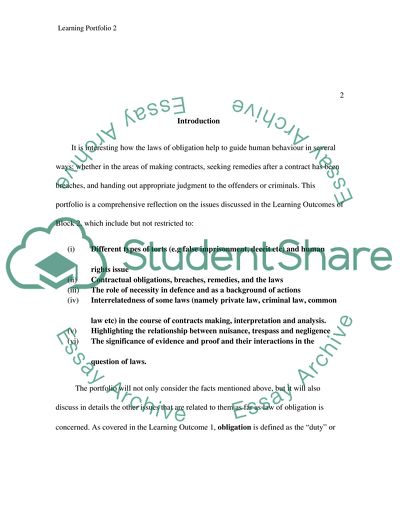Cite this document
(How the Laws of Obligation Help to Guide Human Behaviour in Several Assignment, n.d.)
How the Laws of Obligation Help to Guide Human Behaviour in Several Assignment. Retrieved from https://studentshare.org/law/1740876-law-assignmentobligation-2-learning-portfolio
How the Laws of Obligation Help to Guide Human Behaviour in Several Assignment. Retrieved from https://studentshare.org/law/1740876-law-assignmentobligation-2-learning-portfolio
(How the Laws of Obligation Help to Guide Human Behaviour in Several Assignment)
How the Laws of Obligation Help to Guide Human Behaviour in Several Assignment. https://studentshare.org/law/1740876-law-assignmentobligation-2-learning-portfolio.
How the Laws of Obligation Help to Guide Human Behaviour in Several Assignment. https://studentshare.org/law/1740876-law-assignmentobligation-2-learning-portfolio.
“How the Laws of Obligation Help to Guide Human Behaviour in Several Assignment”. https://studentshare.org/law/1740876-law-assignmentobligation-2-learning-portfolio.


